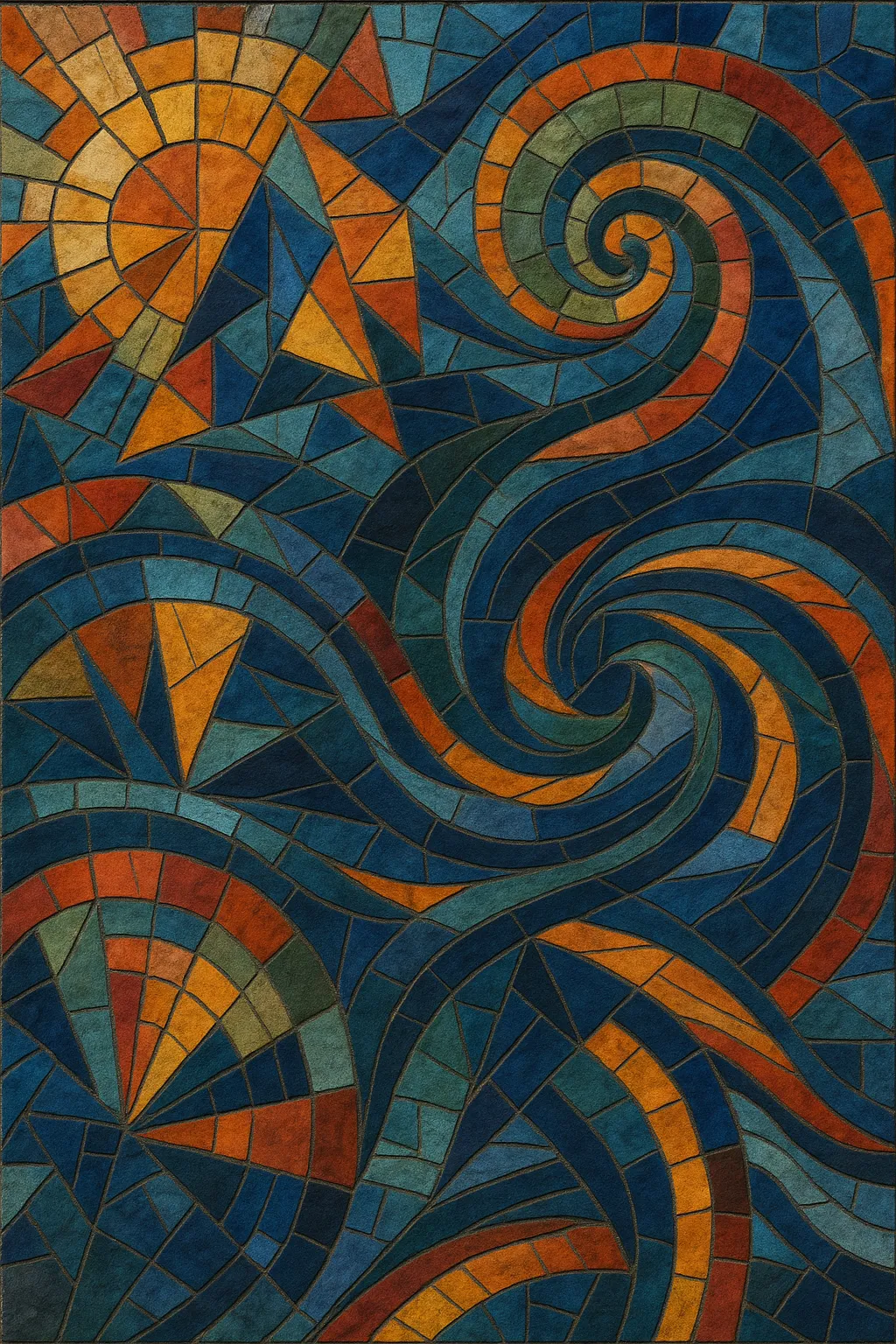
Progressive pop is a fusion of pop music’s immediacy and hooks with the structural ambition, harmonic richness, and conceptual scope associated with progressive rock and art rock.
It favors memorable choruses and radio-friendly melodies while incorporating expanded song forms, key changes, non-diatonic harmony, occasional odd meters, orchestral timbres, and studio experimentation. The result is music that feels accessible on the surface yet reveals layered arrangements, narrative or conceptual lyrics, and sophisticated production choices on closer listening.
Progressive pop crystallized in the late 1960s in the United Kingdom as pop artists absorbed the exploratory impulses of psychedelic and art rock. The Beatles’ studio-era work, alongside baroque pop and psychedelic pop developments, demonstrated that hook-driven songs could carry orchestration, modular forms, and conceptual framing without losing mass appeal.
Through the 1970s, British acts refined a balance between progressive rock’s complexity and pop access. Groups such as 10cc, Supertramp, and Electric Light Orchestra built albums around strong singles, lush arrangements, and narrative scope. The period normalized ideas like extended bridges, multi-part structures, and classically tinged orchestration within broadly pop formats.
The 1980s saw progressive pop aesthetics inform “new pop,” synth-pop, and sophisticated studio pop. Artists like Kate Bush, Peter Gabriel, Tears for Fears, and XTC foregrounded songcraft and technology (Fairlight samplers, evolving synthesizers) while keeping adventurous harmony, production, and conceptual lyricism. The era proved that experimentation and chart success could coexist.
In the 1990s and beyond, progressive pop values—ambitious arrangements, concept-driven writing, and high production craft—continued in art pop, chamber pop, and select strands of indie and mainstream pop. While styles and tools changed (from analog tape to DAWs and software instruments), the core ethos remains: make intricate, idea-rich music that still feels like pop.
Aim for songs that are immediately engaging yet structurally and sonically ambitious. Keep memorable hooks and choruses, but enrich them with harmonic twists, dynamic contrasts, and layered textures.

